All generations of mobile phone technology, including 5G, take the same familiar underlying approach. A mobile network consists of a nationwide grid of cell sites. These sites feature transmitters that generate radio waves, which are received by a mobile phone’s antenna. The radio waves generated by mobile networks, TV stations, and radio stations are not […]
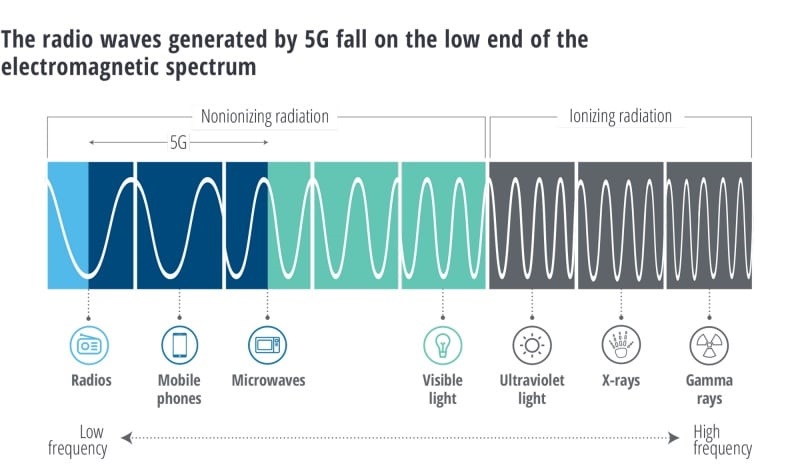
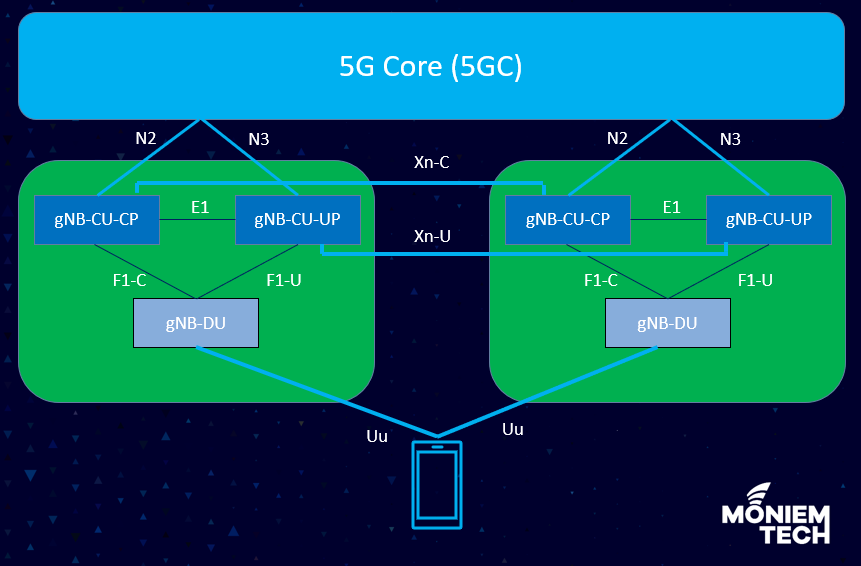
As per 3GPP, The gNB is divided into two logical functions: the CU and DU. The DU is the baseband unit in a 5G RAN. It handles layer 1 and layer 2 processing and fulfills critical functions such as coding/decoding, scheduling, MIMO processing, and beamforming. It makes sub-millisecond decisions about allocating radio resources within a […]
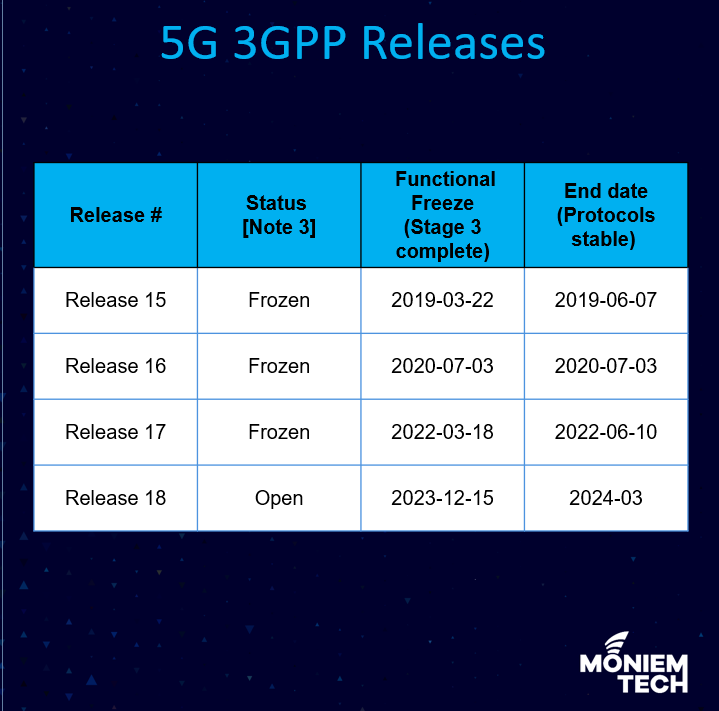
5G is an evolving standard. The initial version of 5G was accomplished with the freezing of Release 15 late-drop in summer 2019. Enhanced features originally were introduced in Release 15 and new features were incorporated in Release 16 in 2020. More enhancements of features defined in prior releases and new features are part of Release […]
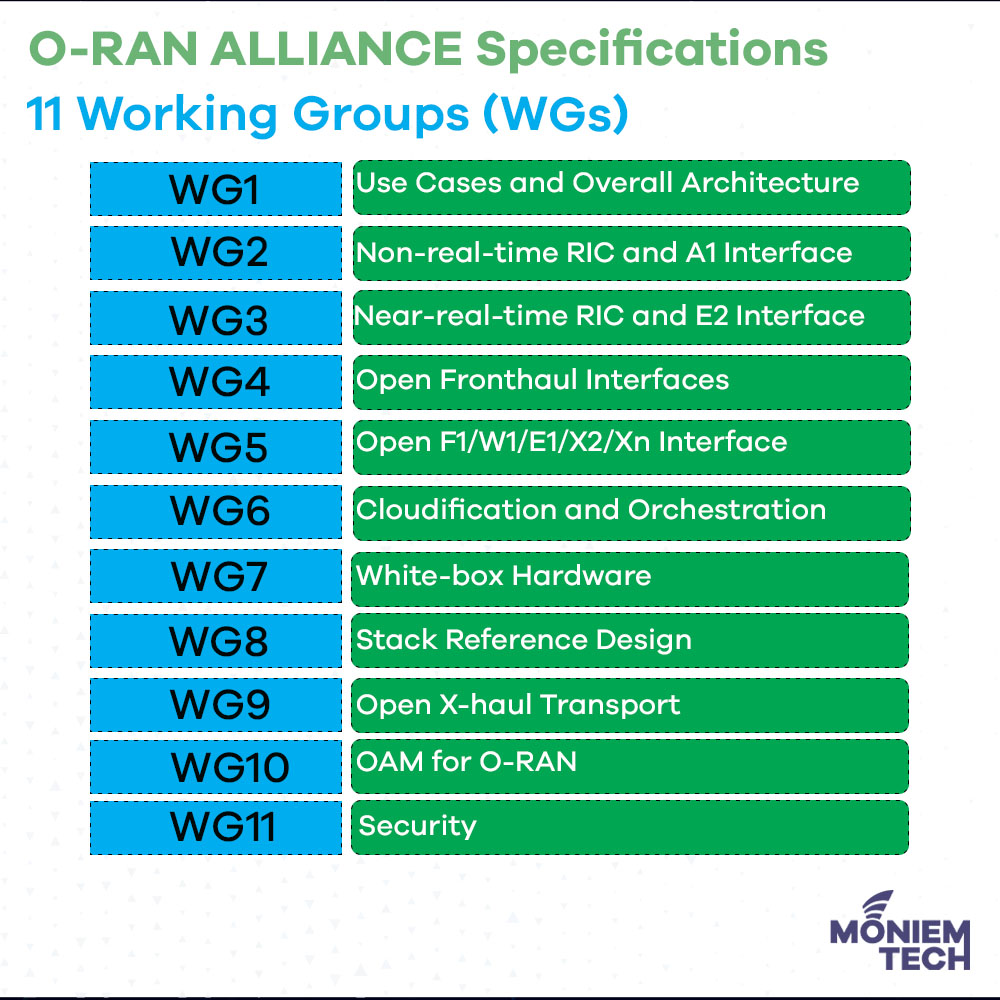
What is O-RAN Alliance? O-RAN Alliance is a global alliance founded in 2018. As of June 2022, the O-RAN Alliance had 345 members and contributors (O-RAN Alliance only allows communication service providers as members, all other companies and entities are considered to be contributors). This includes communication service providers (CSP) and vendors, as well as […]
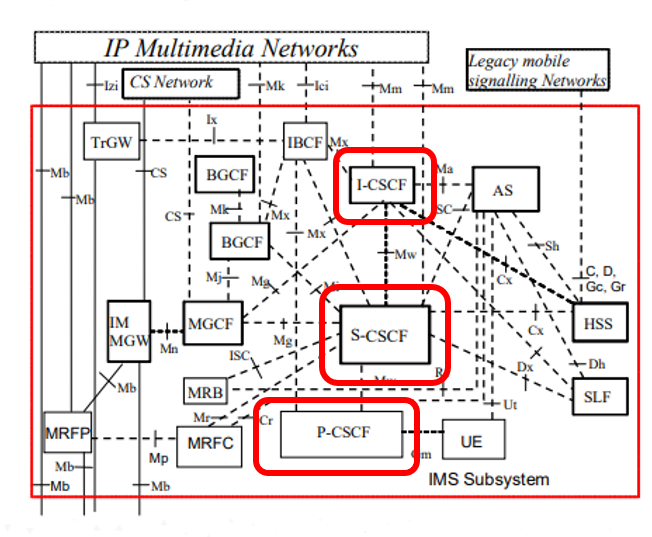
Voice over LTE, or VoLTE is a GSMA profile of the standards defined for the delivery of services currently provided via Circuit Switch networks – mainly voice and SMS – over the Packet Switched only network of LTE, leveraging the core network IP Multimedia Subsystem (IMS). When mobile networks deploy LTE radio access technology, conformity […]

5G can be significantly faster than 4G, delivering up to 20 Gigabits-per-second (Gbps) peak data rates and 100+ Megabits-per-second (Mbps) average data rates. 5G has more capacity than 4G. 5G is designed to support a 100x increase in traffic capacity and network efficiency. 5G has lower latency than 4G. 1G, 2G, 3G, and 4G all led […]

3GPP TS 28.541 explains how Yang models are implemented in 5G gNB in gNB-CU and gNB-DU as below: The nrCellDU table models a geographical area of radio coverage that is implemented and supported by physical radio equipment for 5G NR GNB devices, These are contained in GNBDU Functions. Definition NRCELLDU represents the information of a cell […]

OpenRAN based on legacy compute architectures utilizes an excessively high number of CPU cores and energy to support 5G Layer 1 (L1) and other data-centric processing, like security, networking, and storage virtualization, and this leaves very few hosts to compute resources available for the tasks the Server was originally designed to support. Why 5G Physical […]
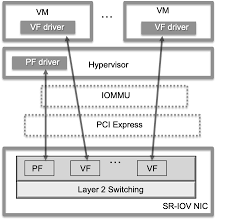
Single Root I/O Virtualization (SR-IOV) is a specification that allows a single Peripheral Component Interconnect Express (PCIe) physical device under a single root port to appear as multiple separate physical devices to the hypervisor or the guest operating system. It is an I/O virtualization solution supported by PCIe device hardware and developed by the standardization organization […]

Many of my friends asked me why MNOs (Mobile Network Operators) didn’t switch-off legacy networks like 2G and 3G till now. Yes, this is a good question specially day-by-day I am talking about the benefits and the power of 5G. With the smartphone revolution and the rapid growth in wireless data services, operators worldwide are […]
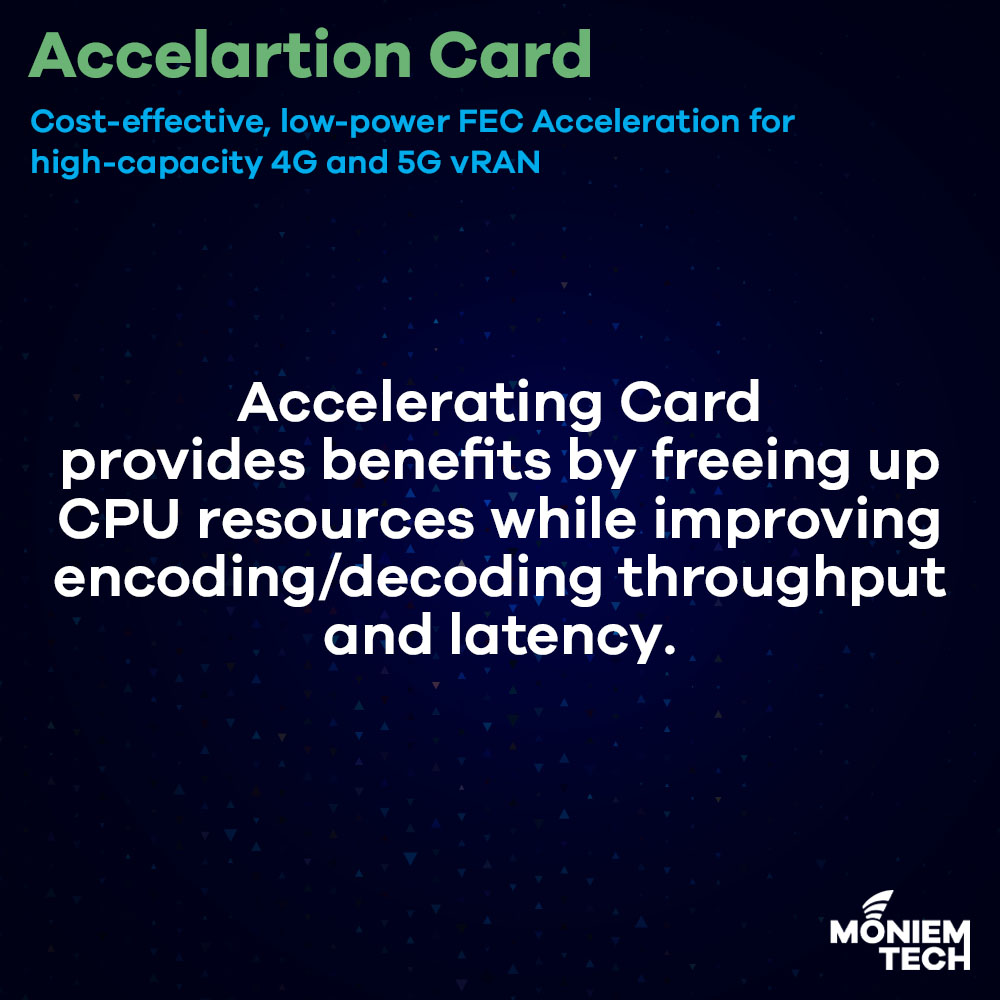
On the road to 4G and 5G, MNO (Mobile Network Operators (MNOs) started to think of vRAN (Virtual RAN) and Open RAN, the main difference between them you can find here. vRAN and Open RAN architectures help for higher channel capacity and easier deployment of edge-based services and applications. vRAN and Open RAN solutions are […]

The O-RAN Alliance (O-RAN) is a group that is defining specifications for radio access networks. It is a global alliance founded in 2018 and it is now comprised of close to 30 operators and more than 200 vendor companies. The O-RAN Alliance is a relatively new organization that took the 3GPP standards work as its […]
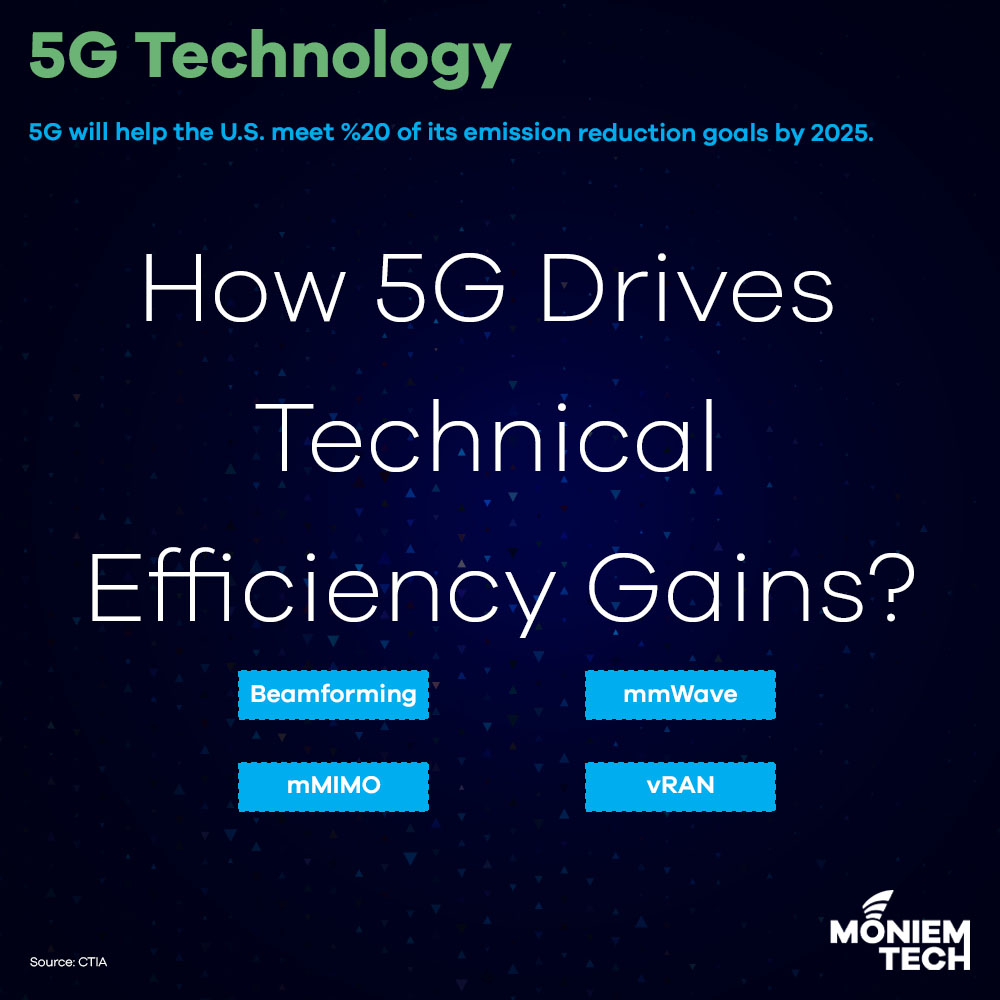
5G builds upon existing network infrastructure to handle the increased demand for data in an interconnected society. It is transforming industries and is changing the way businesses and consumers use mobile technologies, providing substantial processing and efficiency benefits that previous generations of mobile technology did not. 5G can deliver up to 100 times higher bandwidth, […]
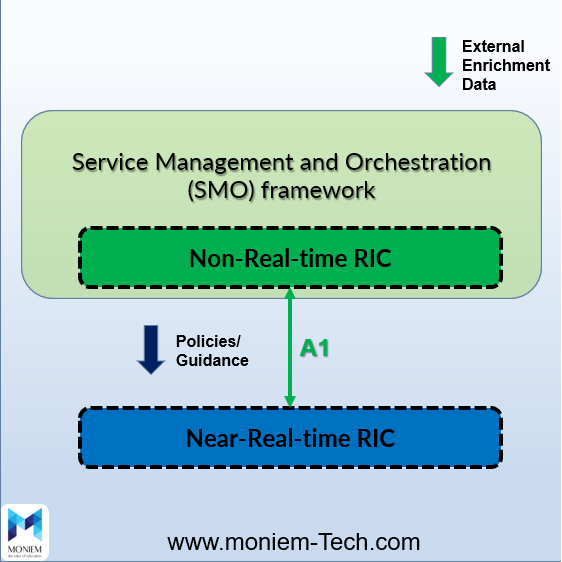
In this article, I’d like to give more focus on a powerful component in the Open Radio Access Network (Open RAN) Architecture that will make an amazing shift in the RAN Automation world. Open radio access networks promise to unlock massive innovation, creating new opportunities for service providers to deliver differentiated services to consumers, businesses, […]
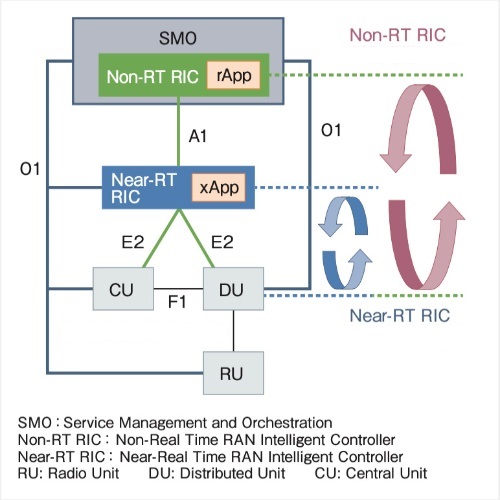
In the Open RAN, one of the key aspects of Open RAN is going to be the fact that the intelligence in the RAN can now be supplied by a variety of vendors, as opposed to earlier generations and in the traditional RAN where all the RAN intelligence or most of the RAN intelligence was […]
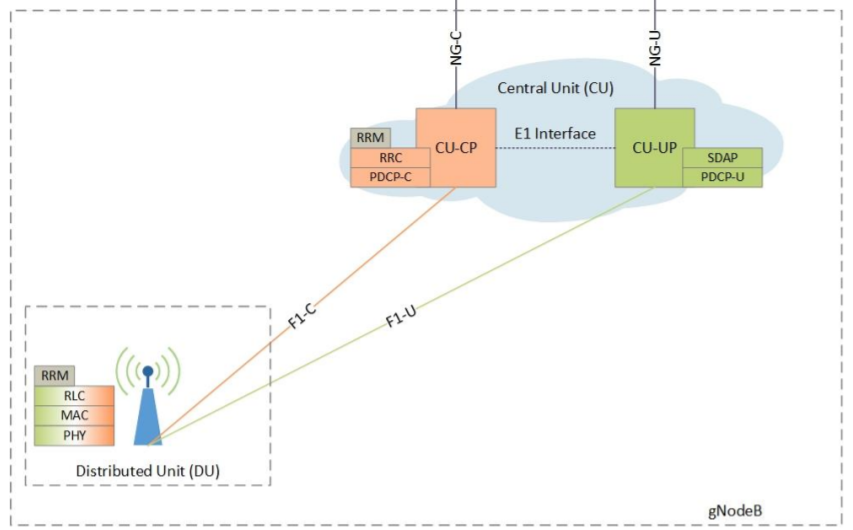
Open RAN disaggregates the RAN into main 3 components as below: 🧧 Upper Layer Split Central Unit (CU) • Logical node that includes a portion of the eNB/gNB functions as defined by split option 2 (PDCP RLC). • CU can support many O-DUs. 🧧 Lower Layer Split Distributed Unit (DU) • Logical node that includes a […]
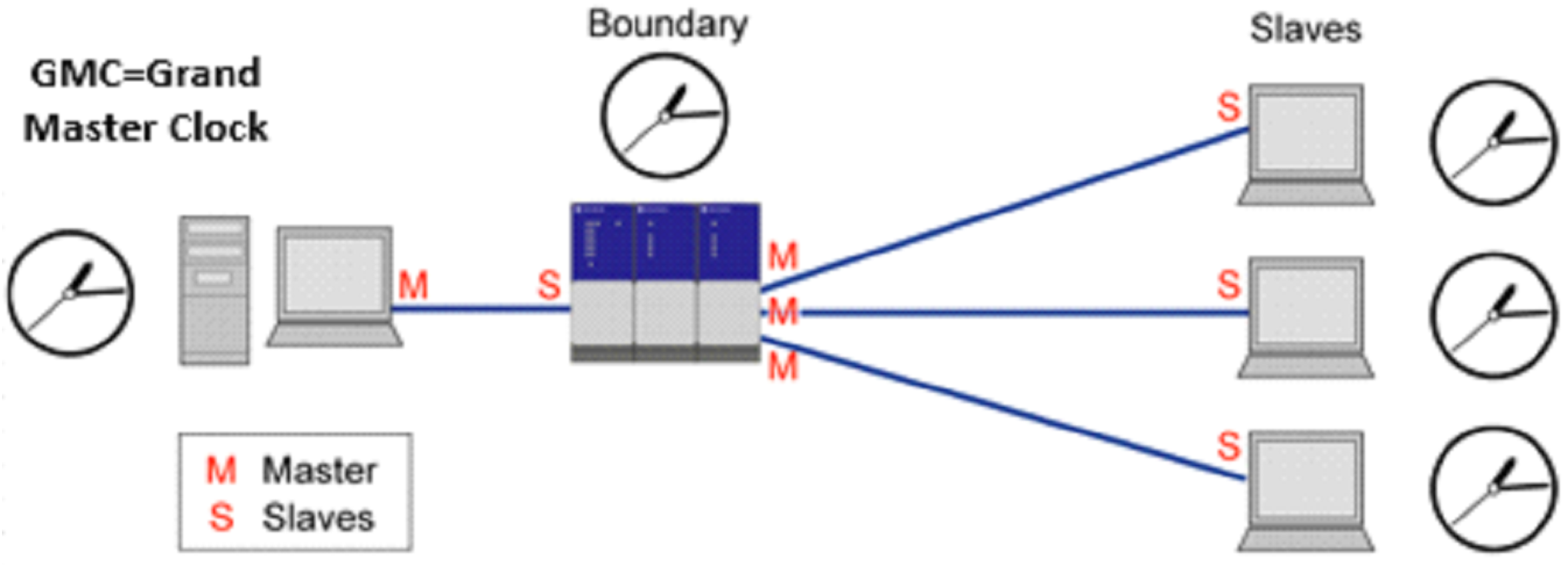
Introduction Several time synchronization mechanisms can be used in a network. The most common standards are Network Time Protocol (NTP) and Precision Time Protocol (PTP). NTP, which is the older, well-known protocol, is currently in its fourth version. NTP was primarily developed to achieve accuracy in the submillisecond range and is widely implemented for network […]

O-RAN’s proposed concepts and architectures use a split-RAN concept. There are 8 known ways to functionally split the RAN, and each one proposes splitting the processing so that different parts of the protocol stack process on different hardware. The below Figure summarizes the eight options. O-RAN has specified a version of the 7-2 split. The […]
